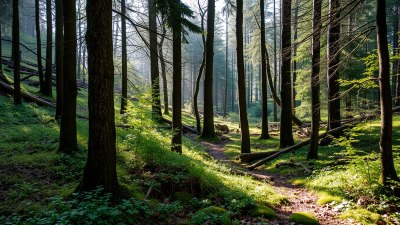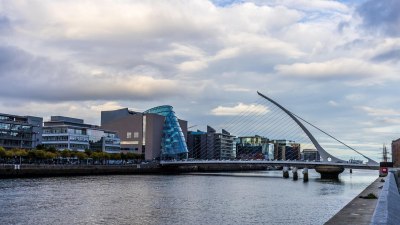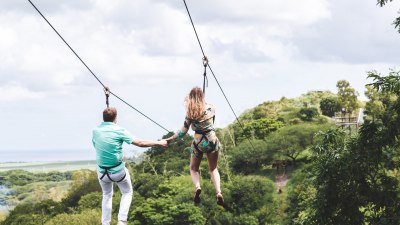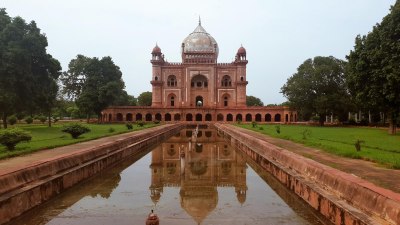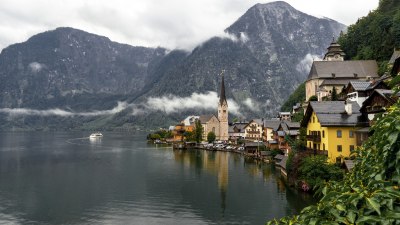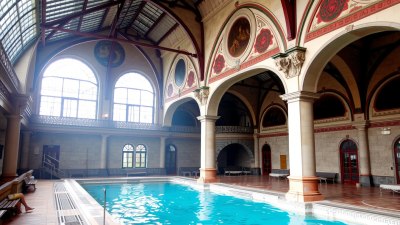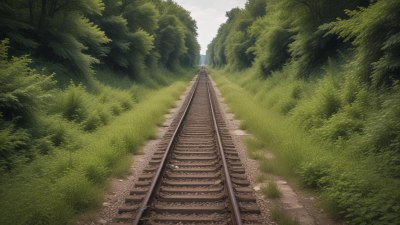Managua, Nicaragua – Lakes, Nature Reserves & Colonial History
Discover Managua's stunning lakes, nature reserves, and rich colonial history in this comprehensive guide.
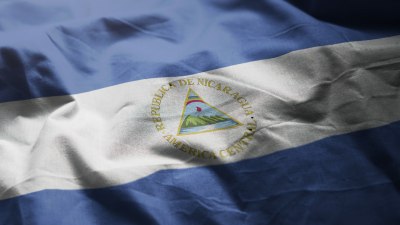
Image by natanaelginting on Freepik
Managua, the capital city of Nicaragua, is a vibrant place where natural beauty meets rich historical heritage. Its location beside stunning lakes and lush nature reserves makes it a must-visit for anyone interested in exploring diverse landscapes and cultural sites. This article delves into the lakes of Managua, the enchanting nature reserves, and the fascinating colonial history that shapes the city today.
Lakes of Managua
The lakes of Managua are among the city's most remarkable features. Lake Xolotlan, also known as Lake Cocibolca, is a large freshwater lake that not only provides a picturesque backdrop for the city but is also a critical ecological zone teeming with diverse fish and wildlife. It covers an area of over 1,000 square kilometers, making it one of the largest lakes in Central America.
A visit to Lake Xolotlan is an opportunity to engage in numerous recreational activities. Many locals and tourists enjoy kayaking, fishing, and boating. The tranquil waters framed by lush greenery allow visitors to soak in the natural beauty while enjoying the warm Nicaraguan sun.
One of the prominent spots on the lake is the picturesque island of Ometepe, which is formed by two volcanoes rising from the water's surface. Ometepe is not only a stunning natural formation but also home to unique wildlife, lush forests, and ancient petroglyphs that tell tales of the area’s indigenous history.
Exploring Nature Reserves
Nicaragua's commitment to preserving its natural environment is showcased in its numerous nature reserves, and Managua is no exception. One of the most notable reserves close to the city is the Chocoyero-El Brujo Natural Reserve. This stunning reserve is just a short drive from Managua and is famed for its rich biodiversity, including various species of birds, reptiles, and mammals.
The Chocoyero-El Brujo reserve is an excellent place for hiking and birdwatching enthusiasts. Some trails take visitors through dense forests where howler monkeys can be heard and colorful tropical birds can be spotted. The reserve is named after its beautiful waterfalls, which cascade into lush vegetation, providing a perfect spot for peaceful reflection and appreciation of nature.
Another essential nature reserve near Managua is the Augusto C. Sandino National Park. This park is characterized by its mountainous terrain and diverse ecosystems. It's an ideal location for eco-tourists and nature lovers, featuring various hiking trails that range in difficulty and offer breathtaking views of the surrounding landscapes. Visitors can encounter various indigenous plants and animals, giving a glimpse into the region’s unique environmental heritage.
Historical Overview
Managua’s colonial history cannot be overlooked. The city was officially founded in 1819, but its history predates that time with the indigenous peoples who inhabited the area for centuries before. The name ‘Managua’ is derived from the Nahuatl language, translating roughly to ‘where the water is.’ This reflects its geographical features dominated by lakes and rivers.
The colonial period introduced new architectural styles and cultural influences, which can still be seen today in the city’s historical buildings and plazas. The Old Cathedral of Managua, built in the late 19th century, stands as a testament to the city’s colonial past. Its striking neo-Gothic architecture is a significant tourist attraction, yet it also symbolizes resilience, having survived numerous earthquakes throughout its history.
Another key site is the Plaza de la Revolución, which is home to various historical monuments, including the iconic ‘Monumento a Sandino,’ commemorating national hero Augusto Sandino. This area serves not just for admiration but as a hub of social and cultural activities, reflecting Managua’s vibrant spirit.
Indigenous Heritage
The indigenous heritage in Managua is vital to understanding its cultural landscape. The different ethnic groups that inhabited the region, such as the Nahua and the Miskito, contributed to the unique history and traditions that characterize the area. Visitors can learn about the local culture through museums, community workshops, and cultural events that showcase traditional music, dance, and crafts.
One prominent place to explore this heritage is the National Museum of Nicaragua, which houses an extensive collection of artifacts from pre-Columbian times through the colonial era. This museum offers insights into the indigenous communities and their way of life, highlighting their contributions to the history of Nicaragua.
Culinary Experiences
No exploration of Managua is complete without indulging in its diverse culinary scene. The city offers a mix of traditional Nicaraguan dishes and international options. Local specialties such as ‘gallo pinto’ (rice and beans), ‘vigorón’ (yucca with pork), and various empanadas showcase the rich flavors and ingredients of the region.
Food markets, street stalls, and restaurants around the city provide a feast for the senses. Visitors can experience the culinary heritage firsthand by exploring the local markets, where aromas of spices and fresh produce fill the air. Eating in Managua is not just about food; it's a cultural immersion, a chance to connect with the local people and traditions.
Local Festivals and Events
Throughout the year, Managua hosts various festivals and events that celebrate its vibrant culture and history. One of the most important is La Purísima, held every December, honoring the Virgin Mary. The festival involves colorful parades, music, and traditional rituals’s accompanied by offerings and prayers. This event gathers communities together and reflects the strong religious traditions in Nicaragua.
Another significant event is the Festival Internacional de Poesía, which attracts poets and literature lovers from around the world. This festival showcases the power of words and the importance of storytelling in Nicaraguan culture. It offers workshops, readings, and performances that elevate the arts and connect diverse voices through poetry.
Adventure Activities
For those seeking adventure, Managua and its surroundings offer an array of outdoor activities. From hiking up the nearby Masaya Volcano to exploring the thermal waters of the region, adrenaline seekers will find plenty of opportunities for excitement. Birdwatching and eco-tours within nature reserves present additional ways to connect with the breathtaking Nicaraguan environment.
Additionally, visitors can delve into the cultural experiences of traditional dances and music by participating in local workshops. Engaging with the community through art, music, and food provides enriching experiences that deepen one’s understanding of this beautiful country.
Managua, Nicaragua, is a city where lakes, nature reserves, and colonial history intertwine, offering visitors a unique journey through stunning landscapes and rich culture. From the scenic beauty of Lake Xolotlan to the vibrant heritage reflected in historical landmarks, Managua invites exploration, learning, and connection. Whether embarking on outdoor adventures or delving into its rich past, Managua promises unforgettable experiences that resonate with every traveler.
